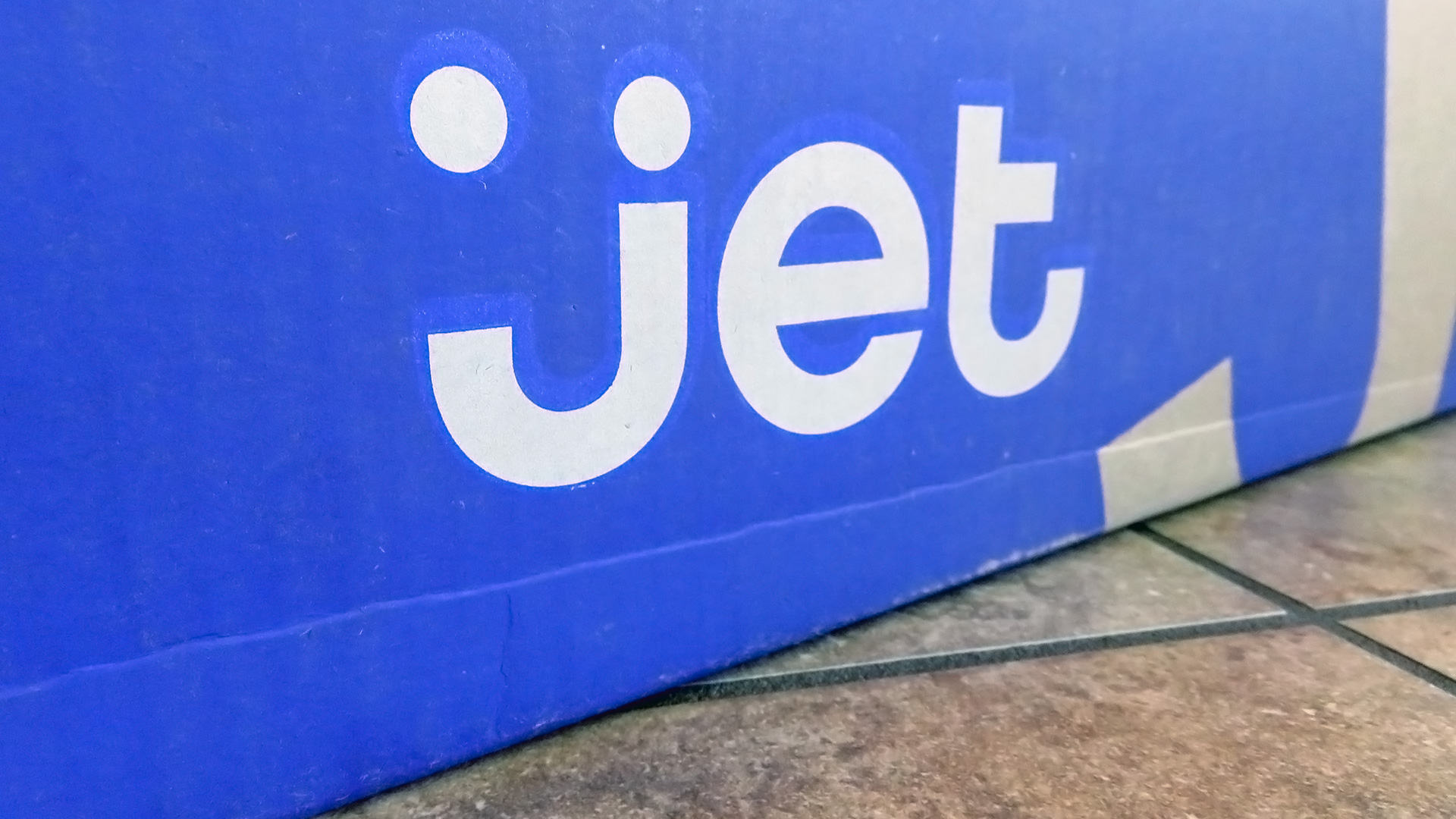Can the Walmart/Jet.com marriage work?
We checked in with a variety of industry observers to see if this particular couple looks like a winner.
The dust has more or less settled on last week’s announcement by major discount retailer Walmart that it is buying ecommerce startup Jet.com, but observers are still divided over the wisdom and impact of the move.
A key issue: Walmart and Jet.com are two very different creatures.
This is something Walmart obviously knows. In a press call following the announcement, CEO Douglas McMillion described Jet.com as “more urban and more millennial than Walmart.com [and] Jet has been able to attract some brands that we don’t have at Walmart, which is one reason why we are so excited.”
Walmart is a traditional big-box discount retailer that is not exactly known for high-end products, innovation or good customer service. Startup Jet.com, on the other hand, was launched last year with huge funding and expectations, a dynamic pricing platform that offers discounts for shipping products together and other customer behavior and a focus on quality customer service.
The Jet acquisition is the latest, and the most expensive so far, of a series of technology acquisitions by Walmart. In 2011, it launched its ecommerce tech shop, @Walmart Labs, and it subsequently bought website accelerator Torbit, predictive intelligence platform Inkiru, cloud tech provider OneOps, software developer Tasty Labs and search engine marketer Adchemy.
“This isn’t a bet I would have placed,” ThoughtWorks’ Customer Experience and Innovation Strategists Diane Innis said about the purchase. Her employer offers custom software to financial services, retailers and other industries.
The bottom line, she told me, is that it “doesn’t seem to make a lot of sense.”
She added that the only thing the two entities will have in common, aside from the same owner, is a focus on customers who are price-conscious — although the pricing levels for each set of customers are very different.
A “weird marriage”
However, the mismatch of cultures, target customers and technology may be less of an integration issue, because Walmart said the two companies will remain separate businesses and brands. But this separation might also limit the ways that Walmart/Jet can compete against Amazon.
At the moment, Walmart has a long way to go in that arena, since its 2015 online sales were $13.7 billion, compared to Amazon’s $107 billion. But Walmart has a huge physical presence that can complement its online self, with more than 11,500 stores in 28 countries — including Sam’s Club and dozens of other brands — and weekly customers of about 260 million.
While Innis called the deal a “weird marriage,” University of Arizona Associate Professor in Retailing and Consumer Sciences Anita Bhappu thinks this marriage can work.
Even as separate but cooperating entities, they “pose a competitive threat to Amazon if Jet customers are now able to order online and pick up in-store on the same day, with the added option to pay cash,” she told me via email.
Bhappu said that those customers could also buy fresh, perishable foods on the same trip to Walmart after ordering ahead, while Amazon Prime/Fresh customers pay membership fees for same or next-day delivery.
She also pointed to the expanded customer base and economies of scale that can benefit the combined companies, even if their brands and their platforms are kept separate. Although ecommerce gets all the glory, Bhappu noted that 93 percent of retail sales still happen in physical stores.
One way or another, business analytics provider 1010data thinks “it’s a great deal,” SVP of Data Insights Natalie Seidman told me.
The reason, to paraphrase the movie, “Jerry McGuire”: They complete each other.
Customers, ad inventory
Using data from its Market Insights report covering July of last year to the present, 1010data generated a brief entitled “Walmart and Jet’s Chance to Post a Threat to Amazon.” The report found that Jet.com’s customers “are more likely to purchase after viewing a product than Walmart.com’s customers are.”
And, Performics SVP of Performance Marketing Service Ryan Sullivan pointed out, Jet’s customer demographics — focused on millennials — help fill a hole in Walmart’s online growth plans. He also noted that Walmart gets more ad inventory space and viewership for its Walmart Exchange online ad platform.
Although the 1010data report speaks of Walmart/Jet’s chance to threaten Amazon, it also recognizes how small that chance is. The study notes that the two companies together currently have only about seven percent of online sales, compared to about 48.5 percent for Amazon direct sales, another 43 percent for the Amazon market, plus 1.4 percent for Amazon subscriptions.
But there are some Jet advantages. Jet customers, for instance, spend more than Amazon’s in high-end categories like athletic shoes, fragrance and vacuums.
Whether or not Walmart/Jet actually threatens Amazon’s dominance, the marriage may eventually lead to some interesting offspring. Jet could spawn Jet physical stores, for instance, while Walmart could adopt Jet’s price-conscious technology.
The true omnichannel retailers, Constellation Research analyst R. Ray Wang told me, will only emerge when there is a complete overhaul of the interface between physical and online selves. And it may be that Walmart/Jet are the right couple to make that happen.
Contributing authors are invited to create content for MarTech and are chosen for their expertise and contribution to the martech community. Our contributors work under the oversight of the editorial staff and contributions are checked for quality and relevance to our readers. MarTech is owned by Semrush. Contributor was not asked to make any direct or indirect mentions of Semrush. The opinions they express are their own.
Related stories
